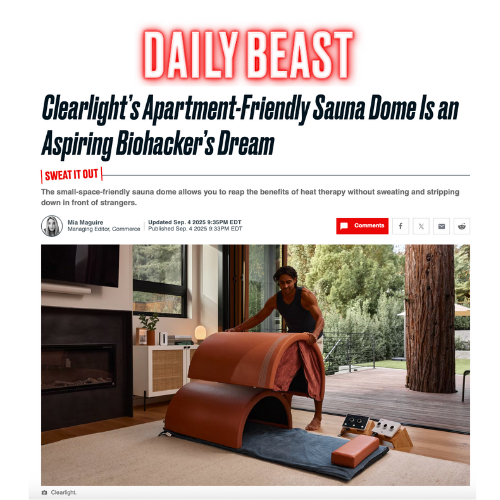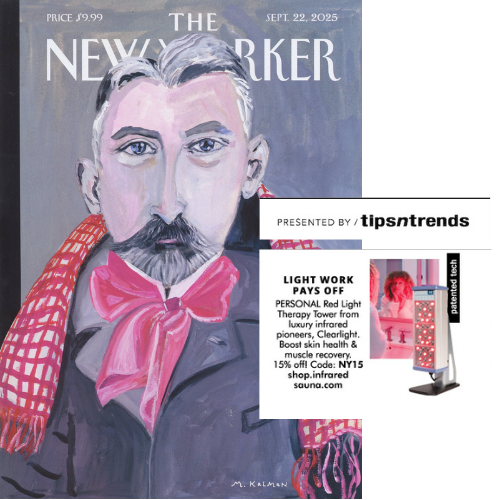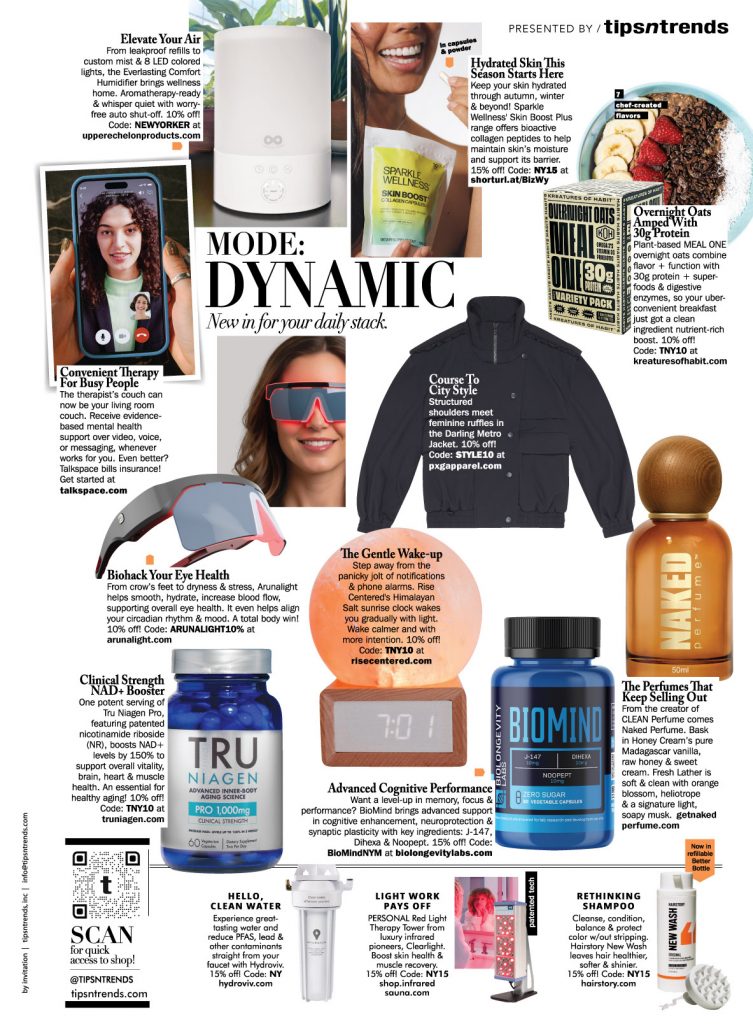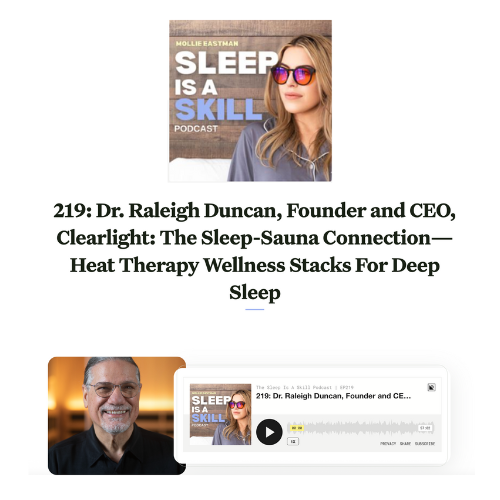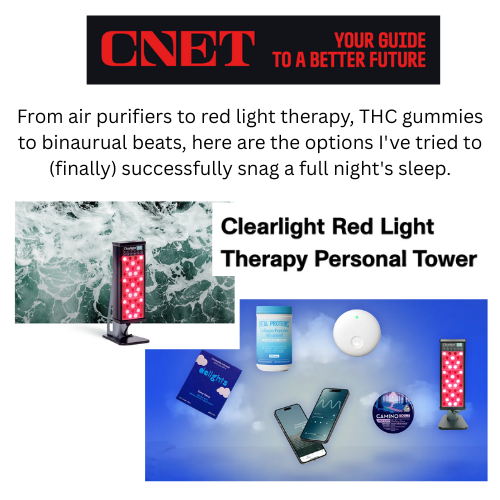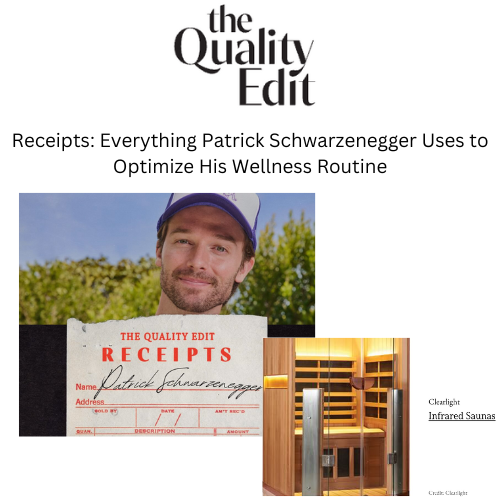Industry Leader in Infrared Wellness Debuts Clearlight® Japan at HoloLife Summit (Tokyo), The Region’s Premier Biohacking Event
BERKELEY, CA. / TOKYO, Japan – October 7, 2025 – Clearlight®, the Industry leader in infrared sauna technology and wellness innovations, today announced its official expansion into Japan with the launch of Clearlight® Japan (https://www.healifejapan.com/). The move marks a milestone for the California-based, global brand recognized for pioneering safe, effective, doctor-designed, and science-backed infrared therapies and key wellness solutions for nearly three decades.
Today’s announcement comes just ahead of the HoloLife Summit (October 10–11, 2025, Shibuya, Tokyo), known as the Biohacker Summit, where Clearlight will introduce its wellness offerings to a community of wellness leaders and longevity enthusiasts.
“Japan has a special place in the history of infrared wellness,” said Dr. Raleigh Duncan, Founder of Clearlight and widely-recognized infrared sauna technology pioneer. “NASA began exploring infrared technology in the late 60’s in the space program. The first use of infrared that I saw for heating the body came from Japan, and then it migrated from there, eventually reaching the US. It’s deeply meaningful for us to bring Clearlight’s most advanced infrared saunas and wellness solutions back to where the infrared journey began and make them available here and for anyone seeking better health and longevity.”
Clearlight Japan is led by HEALIFE Co., Ltd., who oversee operations, distribution, customer care, and cultural integration for the region.
“We’re truly honored to bring Clearlight to Japan,” said Yuko Ichikawa, Managing Director, Clearlight Japan. “In Japan, we have always had a deep and long-standing appreciation for wellness practices that blend our tradition with science. From Clearlight’s compact saunas designed for our smaller living spaces like The Curve® Sauna Dome, to the award-winning red light therapy towers, we’ll offer a mix of wellness products to fit into the lifestyles of our customers here.”
Product Line-Up
Clearlight Japan will introduce a curated offering from the Clearlight catalog, including select infrared sauna models from the Sanctuary line, such as the Clearlight Sanctuary™ 1 Full Spectrum 1 Person Infrared Sauna and the Clearlight Sanctuary™ 2 Full Spectrum 2 Person Infrared Sauna and other models, designed to fit Japanese homes and apartments. Product line up is here.
Larger, customized sauna builds will also be available for clients seeking full residential or commercial installations.
This launch marks the beginning of a growing product line, with additional Clearlight models and wellness innovations to follow.
A Legacy of Wellness
Founded in Berkeley, California, by Dr. Raleigh Duncan, one of the earliest pioneers of infrared sauna technology and an original biohacker, Clearlight has spent nearly three decades pioneering the industry in wellness innovation. From eliminating harmful EMFs from sauna heaters years ahead of competitors, to developing the first carbon/ceramic infrared heaters capable of deeper therapeutic penetration, Clearlight is considered the leader in infrared therapy worldwide.
Clearlight saunas are beloved by global icons, including Gwyneth Paltrow (Academy award-winning actress, Goop founder), Jeremy Renner (Marvel’s Avengers and Mission: Impossible), and Will Smith (Los Angeles Dodgers, Catcher, 2x World Series Champion and 3x All-Star), among many others… underscoring the brand’s cultural impact and reputation for results-driven wellness.
Meet The Clearlight Team at HoloLife
Clearlight will showcase its technologies at the HoloLife Summit in Tokyo (Dragon Gate, Shibuya, October 10–11), a premier global gathering focused on “The Zen of Longevity.” The event promises immersive experiences in biohacking, human optimization, quantum tech, and longevity, and offers the perfect stage to unveil Clearlight’s expansion into Japan.
“Clearlight has always been about more than saunas. It’s about wellness transformation,” added Duncan. “With Clearlight Japan, we are planting roots in a culture that values both tradition and innovation, and together we’ll help people live longer, healthier lives.”
For U.S. and Global Media covering biohacking, longevity & wellness, contact:
-
- Dana Young, PR, Clearlight, media@infraredsauna.com, +1-415-378-7998, to arrange an interview with Dr. Raleigh Duncan, Founder, Clearlight; Brand assets are available by visiting Clearlight’s Media Center here.
For Asia-Based Media and/or Media Attending HoloLife Summit, contact:
-
- Yuko Ichikawa, Clearlight Japan, info@healifejapan.com to speak with Dickie Walsh, COO, Clearlight U.S., (dickie@infraredsauna.com)
About Clearlight
Founded by a Chiropractic Physician, Dr. Raleigh Duncan, Clearlight is the industry leader in infrared sauna technology and a pioneer in innovative health and wellness solutions for more than 28 years. Clearlight was the first company to develop Carbon/Ceramic infrared heaters capable of delivering a deeper, more penetrating infrared wavelength, while also offering the lowest EMF (electromagnetic fields) and EF (extremely low frequency) available on the market. Dr. Duncan is widely considered one of the early pioneers in infrared sauna technologies and has patents/patents-pending for much of the technology Clearlight uses. The company offers best-in-class wellness products for home and business use including: Infrared Saunas, Sanctuary Full Spectrum Saunas, Outdoor Saunas, Premier Infrared Saunas, award-winning and FDA approved Red Light Therapy—The PERSONAL Tower, The CORE Tower, and The FULL BODY Tower; award-winning HALO ONE Salt Therapy, AROMA ONE Aromatherapy Diffuser, The Curve® Sauna Dome, Amethyst Infrared PEMF Mat, and Custom Sauna Heater Kits (Build Your Own Sauna).
Clearlight is headquartered in Berkeley, California, USA, with distribution in North America (U.S. and Canada), Australia, China, Europe, Indonesia, Israel, Japan, Malaysia, New Zealand, the Middle East, South America, and the United Kingdom. For every sauna purchase, Clearlight plants two trees with The National Forest Foundation’s Sapling Program—helping to plant more than 22,568 trees to date (numbers as of June 30, 2025). To learn more and/or enhance your existing Clearlight sauna experience, visit infraredsauna.com and ClearlightRed.com and follow on Facebook, Instagram, LinkedIn, TikTok, and YouTube. #Clearlight #Health #Wellness
# # #



